All national parks in Tanzania have rules that both the visitors and the guides must follow. The rules and regulations are set to protect the natural environment - plants and animals, as well as natural resources, around which the entire ecosystem is built. Some rules are designed to ensure the safety of the tourist.
National parks of Tanzania
Tanzania has 22 national parks - special natural areas taken under protection by the authorities of the country. Among the most popular are the Serengeti, Tarangire, Lake Manyara, Arusha, Ruaha, and Nyerere. On the territory of national parks, people cannot live as they normally do - build roads and houses, extract natural resources, grow crops, keep livestock, and hunt animals. All animals in the park are counted by rangers, who take conservation seriously and adhere to the principle of non-interference with the natural way of life of animals and plants. This includes maintaining the balance of ecosystems that allow wildlife to thrive and propagate.
The only human activity that is allowed in the national parks is tourism. Most often, the parks are visited by off-road vehicles - this activity is called a game drive. Kilimanjaro National Park stands out from other conservation areas because people go there primarily to climb the highest mountain in Africa. There are also parks in remote places, such as on the islands of Lake Victoria or in the mountains near Africa's deepest lake, Lake Tanganyika. Visitors can get there by water. But most national parks are located in the vast open spaces of savannas and sparse forests.
In certain places, the authorities allow the construction of eco-hotels that can accommodate travelers directly in the national park. This is important because game drives usually take place in the morning, just after sunrise, and in the evening, before it gets dark, which means that the distance between the overnight location and the start of the safari route should be minimal. There are also a few special areas inside national parks where visitors are allowed to get out of the car: these are so-called picnic sites, i.e. places equipped for lunch; observation areas where you can admire the scenery; and walking safari routes in several parks. The main part of the safari is the game drive: visitors are comfortably and safely seated in an SUV, observing the amazing African wildlife life from the car window or through binoculars from under the raised roof of the car.
What will happen if you break the rules?
Each national park in Tanzania has a short set of rules that all visitors must follow. The wordings of the rules are similar: you can't interfere with the lives of animals, damage plants, leave garbage, remove objects of animate and inanimate nature from the conservation areas, move around the park at night, and so on. All of these mandatory guidelines are consistent with both a conservation approach and a concern for the safety of visitors.
Sometimes the prohibitions might seem not particularly strict and the temptation to go a little beyond the rules is very great, especially when you seize the excitement of the game drive. What rules do tourists in Tanzania want to break most often? And what rules do we need to remind our clients about, asking them to be sensible and not to give in to momentary desires? Many of these violations, alas, have far-reaching and unpleasant consequences. So below we will briefly discuss some of these rules.
Speeding on a game drive
It can be fun - you ride in an SUV while standing under the open roof, and enjoy the trees flashing past you, the birds soaring above, and the puffs of dust that the car leaves behind. Sometimes you want to ride in the African savannah with a breeze, and sometimes the driver-guide receives a message on the radio about the location of a lion's pride. You will need to be on the right road to see the lions sharing their prey and be as close to the animals as possible because, in a few minutes, dozens of other cars will arrive. This is especially true for popular parks with hundreds of tourists, such as the Serengeti.
So what can happen during a high-speed game drive through the savannah? A speeding car will scare away many animals, especially small animals like rodents, small antelopes, birds, or some baby animals. An even more unpleasant situation is when an animal suddenly jumps out onto the road and can be run over.
Sometimes the victims of fast driving can become the passengers themselves. Drivers of safari cars who fail to maintain control at high speed, rushing to rare animals, can cause an accident. Yes, such accidents in parks, alas, do happen. In July 2022 in the Serengeti Park, a safari SUV was driving very fast, the tourist in the cabin was not wearing a seatbelt, and the roof was open. The vehicle overturned. The man flew out of the cabin and died.
The drivers of Altezza Travel are strictly instructed to follow the traffic rules both in the national parks themselves and on the highways during the crossings between them, never exceeding the speed limit. All of our vehicles have GPS trackers, so we can easily monitor the speed of each vehicle even from the office. The maximum allowed speed in Tanzania's national parks is 50 km/h (or 25km/h in the Ngorongoro Conservation Area). Please don't ask the drivers to drive faster. You are sure to see the animals a little later, no need to chase them. Safety on safari must remain the number one priority.
And it's not just about your safety, but also about the lives of wild animals. What can happen if you drive through the park at high speed? For example, your car may hit a lilac-breasted roller that was flying to get food for its chicks. You won't even notice. And believe me, this happens even outside of national parks. And now the beautiful mother bird is gone, no one will come back to the babies in the nest to bring food or protect them from predators. As a result, the chicks would almost certainly die as well. Please think about the serious consequences of driving fast in the park and the irreparable damage such activity can do to wildlife.
Going off-road
Another frequent temptation while observing animals in Africa is to go off the road to get close to lion cubs hiding in the grass, a family of warthogs, or a stream with crocodiles lurking on its banks. It seems that nothing wrong will happen if one single car - just yours - briefly leaves the permitted road and drives a few meters through the grass.
Small animals and birds often hide in the grass. Baby caracals, servals, and other animals - little kittens - stay in hiding places while their parents go hunting or patrolling the territory. Nocturnal birds sleep in the grass during the day and just don't have time to react and fly out from under the wheels of an SUV in time. Many birds (there are several hundred species in Tanzanian parks) build their nests right in the grass. Car passengers will not even notice how they crush fragile eggs or furry chicks that have hatched. Harmless snakes, slow-moving turtles, nimble damselflies, tiny dik-diks and duikers, colorful butterflies: the grasses of the East African savannas are home to a huge variety of creatures. Think about them before you ask your driver to pull off the road.
Humans already do some damage to animals by driving into national parks, disturbing their residents with noise, exhaust fumes, and unwanted attention. If an animal chooses to move away from the road, then it needs peace. This desire should be respected and we should not break into their home for our entertainment and pretty pictures.
Often it seems that if you get a little closer you can get a great shot of a graceful animal - a regal lion or a rhinoceros - coveted by all travelers. But believe me, it's not worth it - you will frighten the animal, and harm dozens of smaller creatures, whom you won't even notice. You might leave a trace in the grass, which will keep alerting animals for a long time, and the picture will most likely be mediocre anyway.
There are plenty of professional photos on the Internet. You will get a different quality than a professional photographer with telephoto lenses and serious post-editing. High-quality photos are the result of a lot of work: the use of sophisticated technology with professional skills that the photographer applies, and living in the park for weeks or even months. So the person coming on a safari for 3-4 days expecting to have a spectacular photo collection might be a little naive. So is it worth scaring the animals away and destroying their habitats?
Look at the wildlife from the car, remember as much as possible, and try using binoculars. Very often we can see so much more with our eyes if we don’t constantly look at our surroundings through the smartphone screen trying to take as many pictures as possible. On the other hand, there is no problem in taking a few pictures from the car without transgressing any regulations.
Altezza Travel guide-drivers are careful and respectful of the animals, which they show to the guests on safari. They do not drive off the roads laid out by the park authorities.
Feeding wild animals
In the cities, it is becoming an obvious fact for many that human food is not good for animals, and might be even harmful to them. In the wild, when we see skinny antelopes or begging monkeys, we forget this rule and look for some fruit or even a cookie to throw to the animal. Doing so is irresponsible.
We shouldn't feed animals also for the reason that constant human feeding, no matter how good it is, deprives animals of the skill to get their own food. The problem is especially great at the picnic sites of national parks, where outdoor tables are set up for diners. Park visitors bring their own lunchboxes with food. Often a game drive takes all day, and the picnic site snack is the only way to eat during the day between breakfast and dinner at the hotel.
Huge numbers of birds flock to people's lunch spots. Monkeys and other small primates come running in too. Some of them modestly wait for people to throw them a treat, while the more courageous animals can steal food, often snatching it right out of the hands of gaping tourists. Sometimes there are conflicts between animals and humans, and monkeys can hurt people, for example, by biting or scratching.
These kinds of unregulated interactions are not good. In 2020, after a series of negative interactions between humans and animals coming to one of the picnic sites in Tarangire Park, rangers had to shoot many vervet monkeys and baboons that were attacking humans. That's how someone comes to Africa on safari one day, feeds a monkey out of pity, and then has it killed.
When you see wild animals, you should not give in to the impulse of throwing some food to them, much less human food. The right thing to do is to think about the long-term impact of your actions. If an animal in the wilds of Africa has lived to see you among many competitors and dangerous predators, then it is a strong and healthy animal that does not need your "help". Please do not try to feed wild animals and do not interfere with their natural life in an area protected from human influence. In a national park, you can only observe nature.
There is only one exception when it makes sense to intervene in the lives of animals from the conservation perspective. If you come across a motherless baby animal or an unhealthy, injured animal on your African safari, ask your guide to contact the park rangers. He will give them all the information they need about the animal in need of help and alert the Tanzanian Veterinary Service. You can also save the GPS coordinates of the place yourself and give them to the Altezza Travel office. Or just send the geolocation to your manager and we will get the coordinates and pass them to the vets. We would be grateful for your help.
What other things should you pay attention to while visiting national parks?
In addition to the three rules listed above, there are other restrictions in Tanzania's protected areas. There is a ban on disturbing the animals at night. The permitted times for game drives may vary slightly from park to park, but in general in Tanzania which is close to the equator, the sun rises and sets at approximately the same times throughout the year: after 6 am and shortly after 6 pm, respectively.
You cannot interfere with the natural habitats - it is not allowed to bring animals and plants into the park, nor can you take flora and fauna out from the park, or take things like found skulls, bones, rocks, and other objects of nature.
Of course, you can't leave trash in the parks, including unextinguished cigarettes. No campfires are allowed. Fires can be dangerous in an arid region. In 2020 and in 2022, there were fires in Kilimanjaro Park that could only be extinguished thanks to the quick response from the united rangers, and the help from tour guides and porters.
Individual national parks have their own special features and restrictions. You can find out about them at the park entrances, on the unified administration of Tanzania National Parks website, or from our managers if you go on a safari tour with Altezza Travel.
Other types of safaris different from the classic game drive have their own rules. These include walking safaris, water safaris on boats, and kayak and canoe trips.
There are additional activities, each with its own safety rules: night game drives in special areas, walks on suspension bridges, walks to chimpanzees in Gombe Stream and Mahali Mountains national parks, bike rides, hot air balloon flights over the conservation areas, sport fishing, visits to museums managed by Tanzania National Parks Authority trips to ancient ruins and rock art sites, and the only allowed extreme sport - paragliding on Kilimanjaro.
Kilimanjaro National Park rules
Kilimanjaro National Park is Tanzania's eighth national park if you look at the historical sequence of their designation. Most of this park’s territory is covered by dense tropical forests which surround the famous mountain of the same name. Mount Kilimanjaro is formed from three dormant volcanoes that stand side by side. The main peak is Uhuru, which reaches a height of 5895 meters (19,340 feet). There are several hiking trails leading to the summit through the forests and other climatic zones. The most common way to visit the park is a multi-day expedition to Uhuru Peak. In addition, the park is visited for short trekking trips without going to the summit, mountain biking on the Shira plateau, technical climbing on Mawenzi peak, overnight stay in the Kibo volcano crater, exploring African glaciers, documentary filming, and the already mentioned descent from the top on a paraglider.
Let us tell you about the general rules of Kilimanjaro National Park. You can move around the park only on equipped trails following the guides, and spend the night in places designated for camps. It is forbidden to make an open fire, as well as to do all that is not allowed in other national parks. If children under 10 take part in the expedition, they can go no higher than 3700 meters.
During the expedition, it is necessary to follow all instructions of the accompanying guide. If you plan to climb Kilimanjaro with Altezza Travel, your manager will provide you with all details about the upcoming expeditions.
We ask all visitors to Tanzanian national parks to respect these rules, keeping in mind that they are all designed to protect both the animals that inhabit the national parks and the travelers themselves who are lucky to explore the African wilderness. As organizers of safari tours and mountain expeditions, we have a two-pronged responsibility, and we hope you will cooperate with us in following the rules of the national parks and respecting the magnificent natural environment of Africa. We hope you have a fantastic and safe experience on your trip to Tanzania!
All content on Altezza Travel is created with expert insights and thorough research, in line with our Editorial Policy.
Want to know more about Tanzania adventures?
Get in touch with our team! We've explored all the top destinations across Tanzania. Our Kilimanjaro-based adventure consultants are ready to share tips and help you plan your unforgettable journey.
















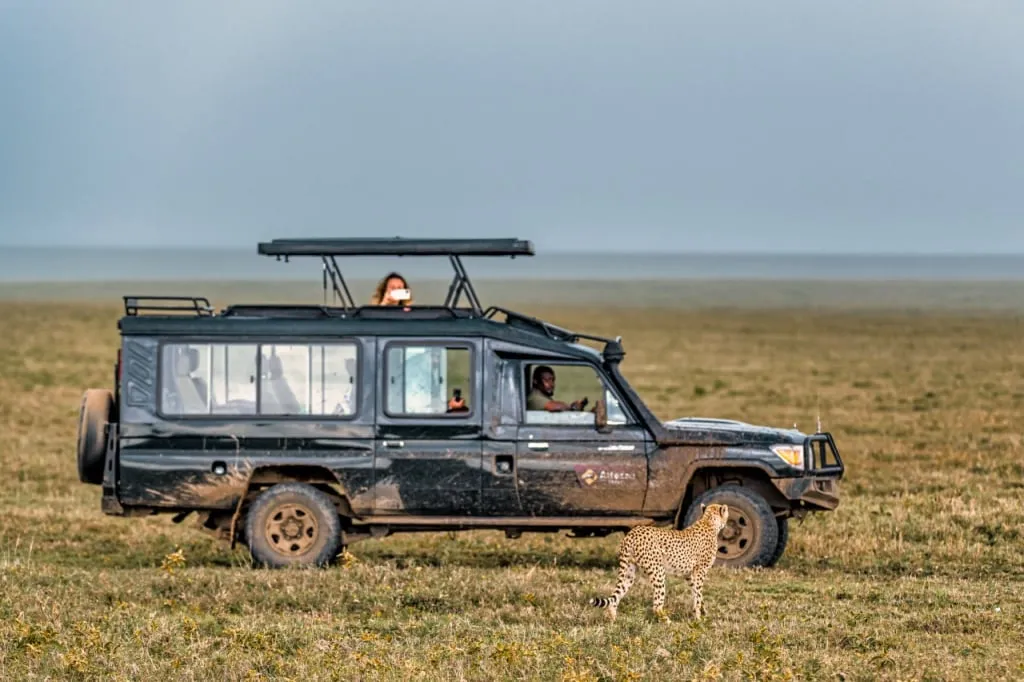
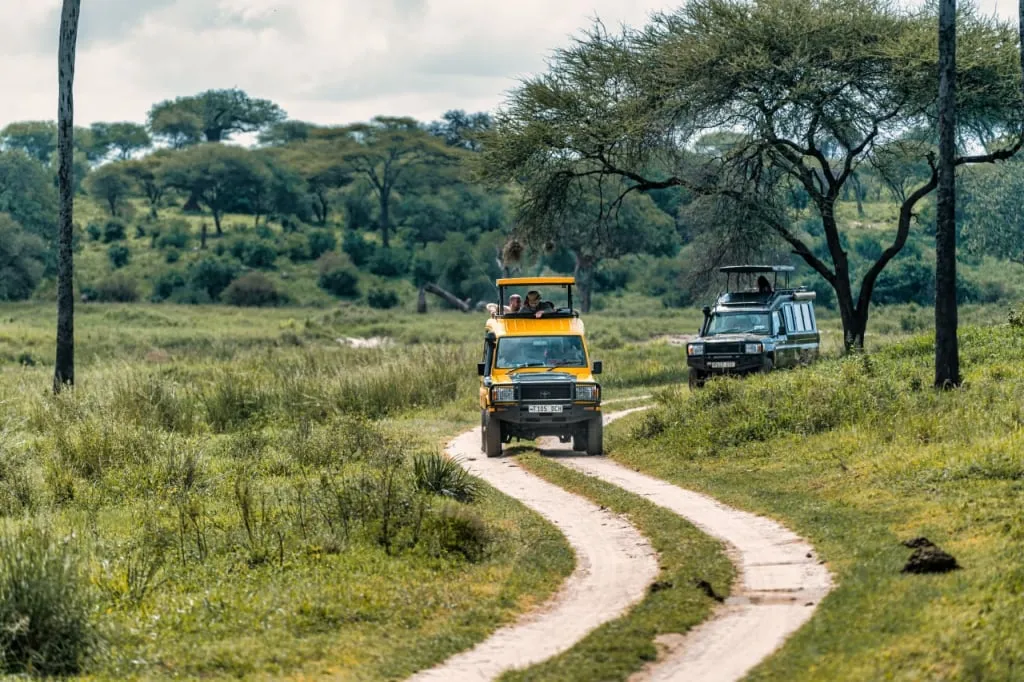
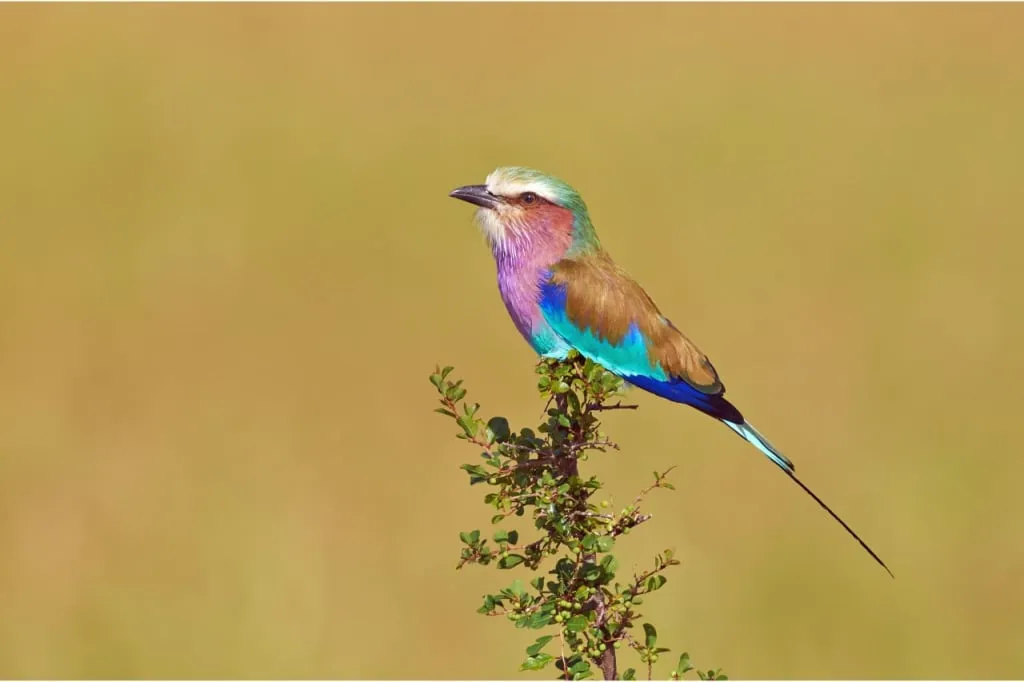
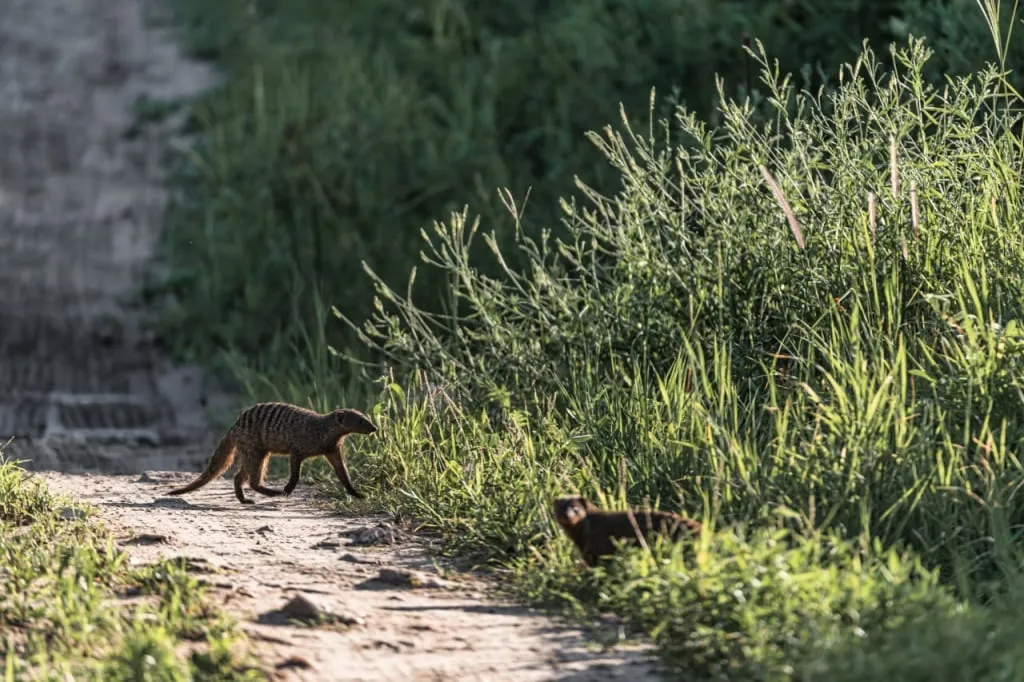



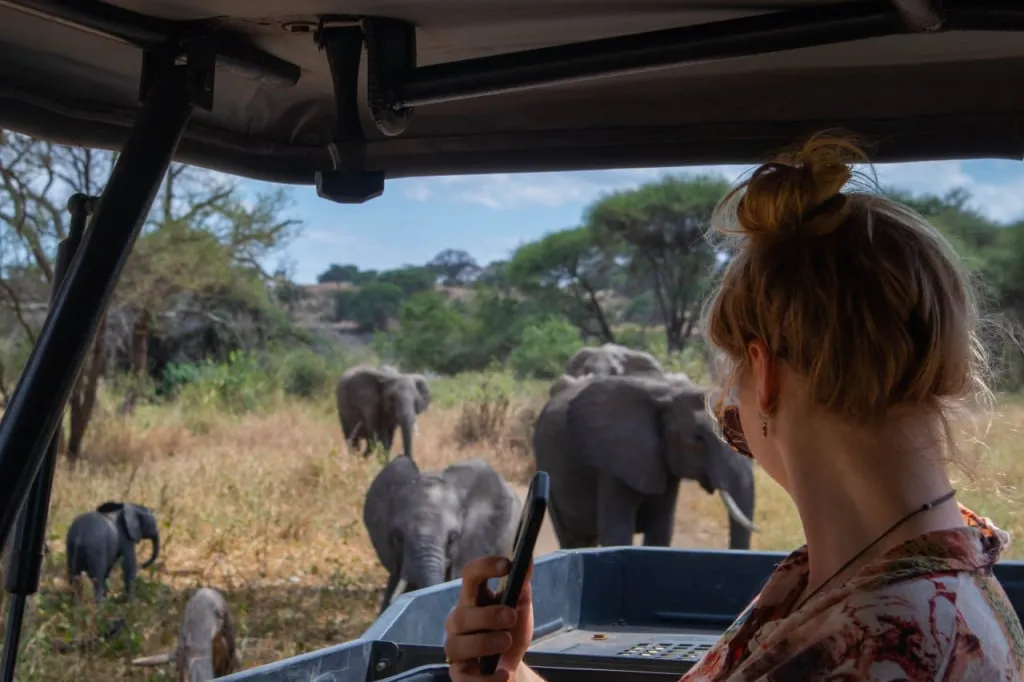

In any country in the world, it's better to ask for permission first if you want to take someone's photo. People in Tanzania are very friendly and in most cases, will agree to your request.